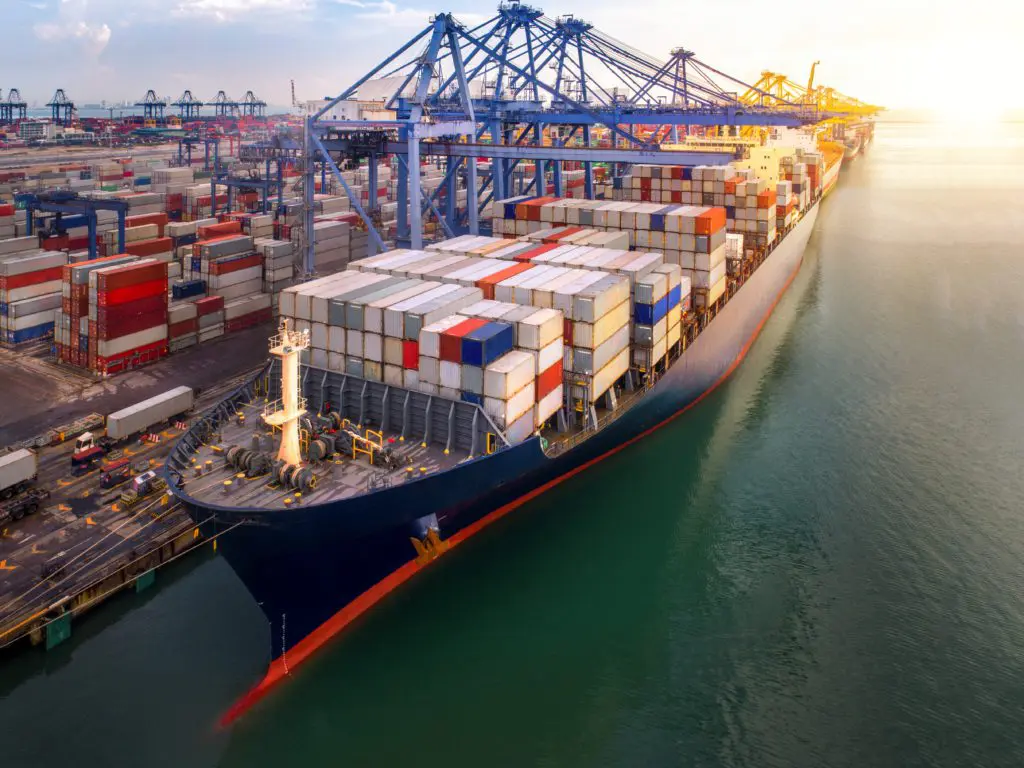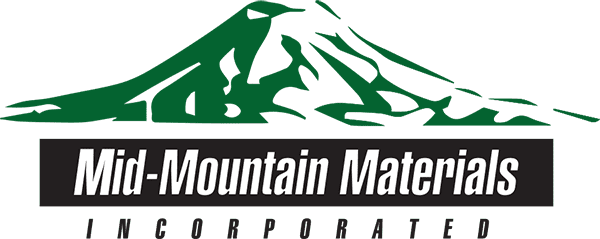Container vessels, cruise liners, ferries, and naval ships of all stripes are complex structures with stringent requirements when it comes to design. All the interconnected subsystems and components must work together efficiently to ensure the whole vessel functions properly. Naturally, the most critical elements in this regard are the large-scale architectural elements like the hull and propulsion systems. However, the insulation used throughout plays a small but important role in overall functionality. Fabric insulation is integrated in multiple areas on a ship, such as:
- Thermal insulation for temperature control and energy conservation
- Acoustic insulation to minimize noise levels
- Fire protection to ensure safety and adherence to Coast Guard regulations
- Some common ship insulation materials include mineral wool and a wide range of heat-resistant fabrics.
Novel Areas Where Fabric Insulation Can Still Have an Impact
While fabric insulation is widely utilized in traditional applications, there are emerging areas where it can make a difference, such as flexible exhaust extraction ducts. These devices are used to extract fumes from the engines of ships when they are in port, ensuring the containment of potentially harmful emissions.

Environmental Concerns Surrounding Ships
Ship emissions are a growing environmental concern as they contribute to air pollution and climate change. The emissions generated by ships include carbon dioxide (CO2), sulfur oxides (SOx), nitrogen oxides (NOx), and particulate matter (PM). These pollutants are harmful to both the environment and human health.
How to Mitigate the Damage of Exhaust Fumes
To reduce the impact of exhaust fumes, the maritime industry has developed strategies and technologies that minimize emissions. One such method is the use of fabric insulation in exhaust systems, specifically the dryer vent and dryer exhaust components. These systems help contain and dissipate the fumes, reducing their harmful effects.
What is a Flexible Exhaust Duct
A flexible exhaust duct is a device used to extract fumes from the exhaust of ships while they are in port. These ducts are attached to the exhaust outlets and work to contain the fumes, preventing them from being released into the environment. As the fumes pass through the duct, they eventually dissipate, reducing their harmful impact.
What Materials are Suitable for this Application
Choosing the right material for a flexible exhaust duct is crucial, as it must be capable of withstanding the high temperatures and harsh conditions encountered in a ship’s exhaust system. Mid-Mountain Materials, Inc. offers a range of insulation products that are ideal for this application, including heavy-duty silicone-coated fabrics.
These fabric insulation materials provide:
- High-temperature resistance, ensuring durability and longevity
- Excellent thermal insulation properties for energy conservation
- Resistance to chemical degradation and environmental factors
We are committed to providing cost-effective and environmentally responsible solutions for marine insulation needs. Through continuous research and development, we strive to offer innovative products that meet the stringent requirements of the shipping industry, ensuring the highest standards of quality, safety, and performance.
Fabric insulation plays a vital role in various aspects of ship design and operation, including thermal insulation, fire protection, and the containment of harmful exhaust fumes. By exploring novel applications, such as flexible exhaust extraction ducts, we can continue to improve the environmental performance of ships and contribute to a more sustainable future for the maritime industry.

